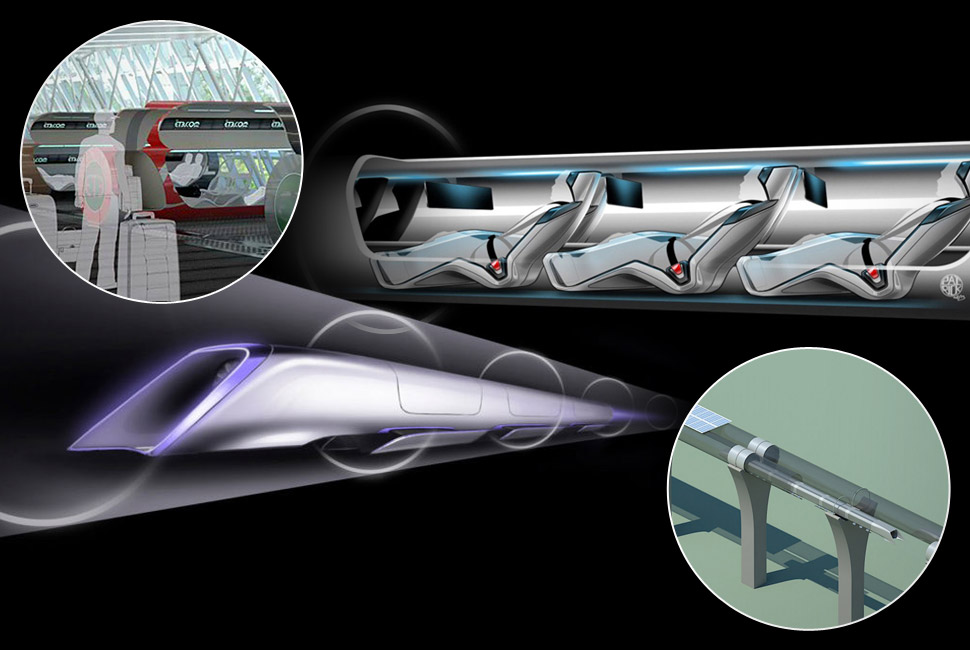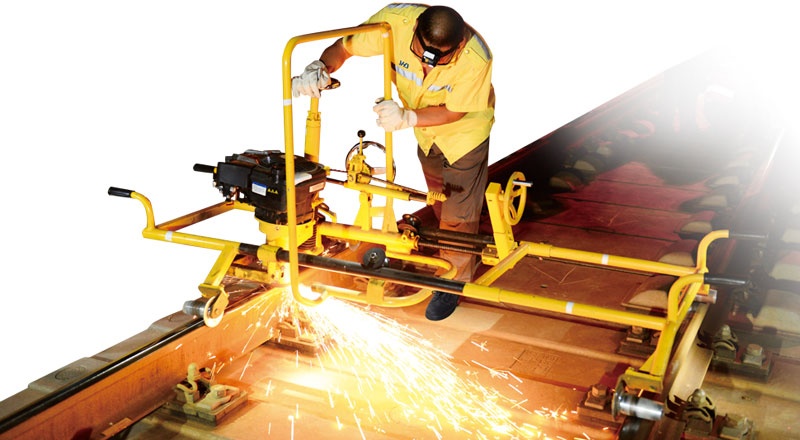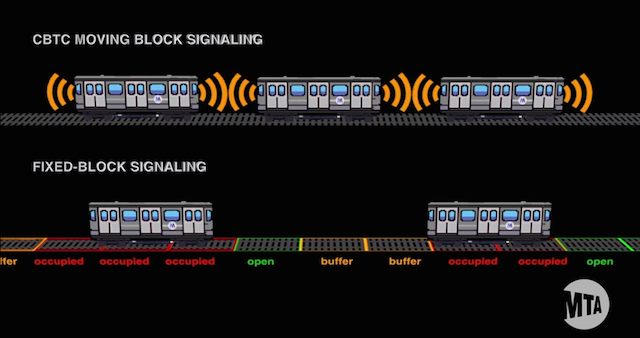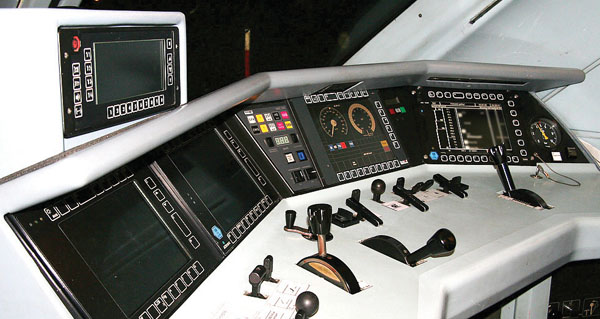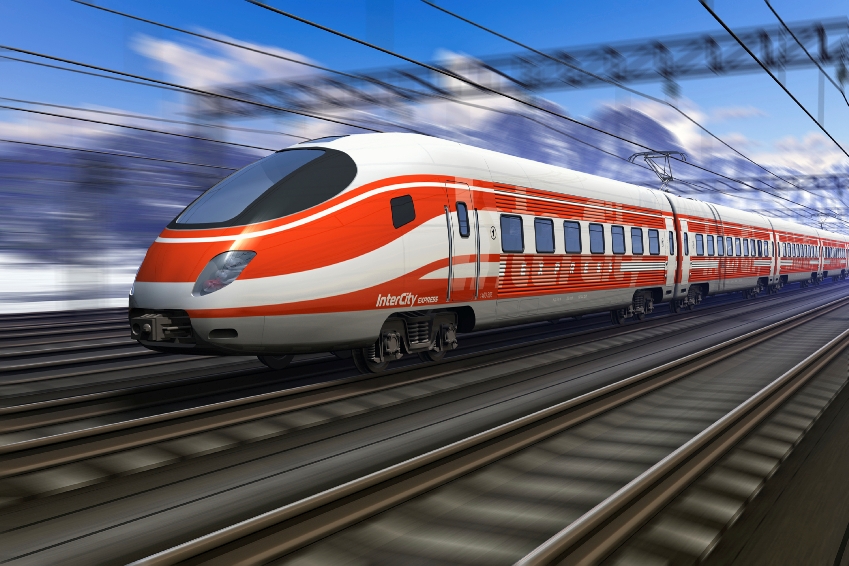Demographic growth in many cities is outpacing the rate at which public transit systems can be built and put into service. On 1 January 2012 the population of Europe was estimated at 503.7 million; this was 1.3 million people more than the year before and therefore continued a pattern of uninterrupted European population growth that has been apparent since 1960. The number of inhabitants in tEurope grew from 402.6 million in 1960, rising by more than 100 million persons through to 2012.
For these reason, the main European cities are seeking quick costructions for light metro system, easy urban insertion and improved life-cycle costs. Among the most important rail suppliers, Alstom has launched the Axonis light metro system to meet these specific transport needs in fast-growing and densely-populated cities. Axonis is a turnkey light metro system designed to ron on an elevated viaduct, in underground tunnels or at street level, carrying up to about 45000 passengers per hour in a given direction. It is composed of industry-standard subsystems and interfaces in order to facilitate upgrades and line extensions.
But how this metro can fit the cities needs and what are the main benefits of a light metro system?
1. Economic Benefits
The economic benefits of each kind of light metro system include its contribution to reducing congestion and increasing productivity through greater urban mobility and transport choice. Light rail has been found to be particularly effective in achieving mode shift away from private vehicle travel. It offers efficiency, comfort, and high capacity.
2. Environmental Benefits
Light metro systems are energy-efficient and sustainable form of transport with a number of environmental advantages over modes powered by internal combustion engines. In particular, electricity to power light rail can be generated at a distance from the urban environment – meaning greenhouse gas emissions are taken away from the point of operation.
3. Tourism
Good Light metro systems have an ‘iconic’ value that is attractive to tourists as well as commuters and residents. Whereas bus routes can be difficult for domestic and international visitors to negotiate, light rail networks are often perceived to be simpler and more reliable, largely owing to the fact that routes are permanent and highly visible.
4. Social Benefits
Improved public transport encourages interaction between communities and individuals and attracts skilled workers. Light rail improves liveability and amenity by attracting investment along routes.
The Axonis (Alstom solution) light metro system is presented in the following 3D Animation Video.
[youtube url=”https://www.youtube.com/watch?v=bW6Er07tTtU#aid=P-vvp4nQLP4″ width=”560″ height=”315″]
sources: http://www.ttf.org.au, http://www.alstom.com/
Did you like this post? Would you like to be informed about the last railway signalling technical and commercial news? Join us on LinkedIn and stay updated!
railwaysignalling.eu | walk the rail talk



